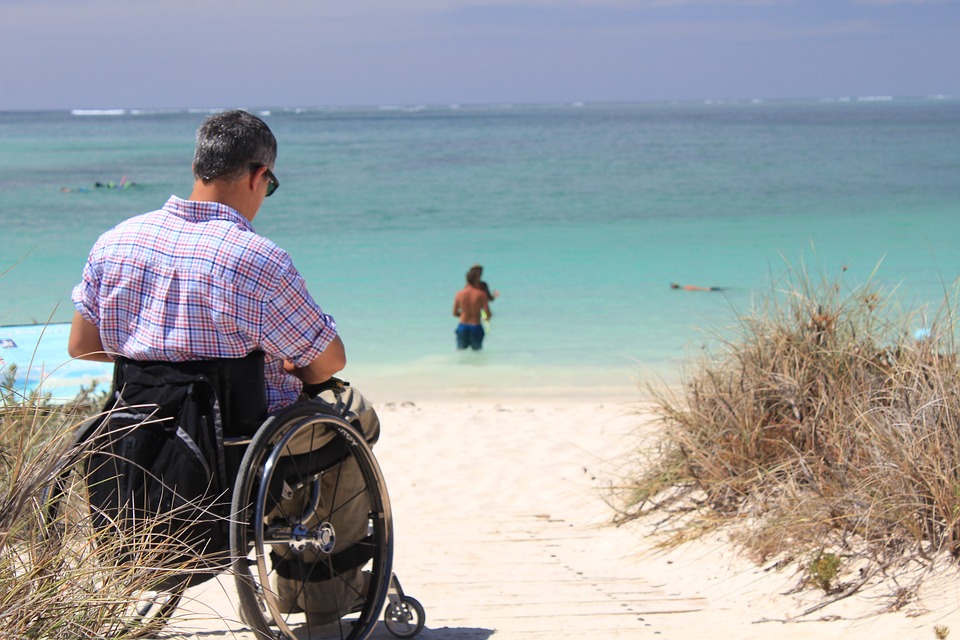 There are millions of disabled people in the UK, each with different needs and capabilities; however, an unfortunate reality for many is that they are struggling to travel and go about their daily lives due to a lack of provisions and transport options.
There are millions of disabled people in the UK, each with different needs and capabilities; however, an unfortunate reality for many is that they are struggling to travel and go about their daily lives due to a lack of provisions and transport options.
However, there is light at the end of the tunnel. Governments now have highly accessible support services to help the differently abled get around. In the UK there’s the Disability Living Allowance and in Australia the National Disability Insurance Scheme (NDIS). NDIS Mackay service provider can help people find solutions to help mobility and longer distance transport options to give them freedom to travel places previously in-accessible to them. Furthermore, there are new technological developments either currently available or in production that are working to make it easier for disabled people to travel.
Here we take a look at what some of these are, to give you a few more ideas about how you can both improve mobility and potentially the quality of someone’s life.
Useful Apps
You’ll probably have heard of ‘Uber’ and while this firm is best known for its fast taxi-hiring app, they also offer a number of different features to help the visually impaired and wheelchair bound. An app known as ‘UberWAV’ can be fitted to wheelchair accessible cars to offer more choice to those who have specific taxiing needs – for the moment this is only available in London but will hopefully soon be expanding.
Another app available is ‘Wayfindr’ can help the visually impaired to navigate through streets and stations using directional instructions. Again, this is something which will hopefully become widespread across the country.
Vehicular Options
From a general vehicular point of view, you can also find a great variety of cars, mini-buses and people carriers that are equipped to support those with disabilities. Providers like Allied Mobility for instance have different types of WAV vehicles, but even across most manufacturers you can find top trim levels to accommodate different requirements. What’s more these are becoming more efficient and cost effective and there are still Government support schemes in place to help with affordability.
3D-Printed Limbs
3D-printing has come on leaps and bounds in recent years and now as this piece from Disability Horizons shows, there are companies currently developing 3D-printed limbs. These have reduced production time and are becoming more sophisticated through increased research and development.
As aforementioned, some of these are available now while others are still being developed, so if you, or a member of your family, are living with a disability it could be a good idea to look into some of the above and keep up to date with the latest news. This way you could find yourselves making the most of what these technologies can offer in terms of improved travel and mobility.
